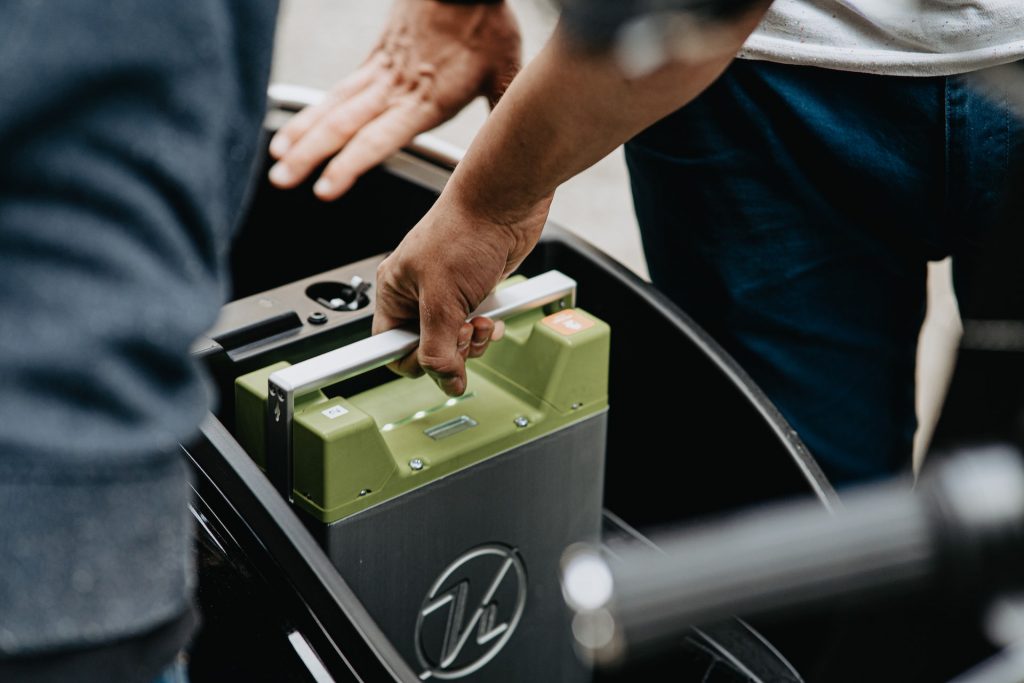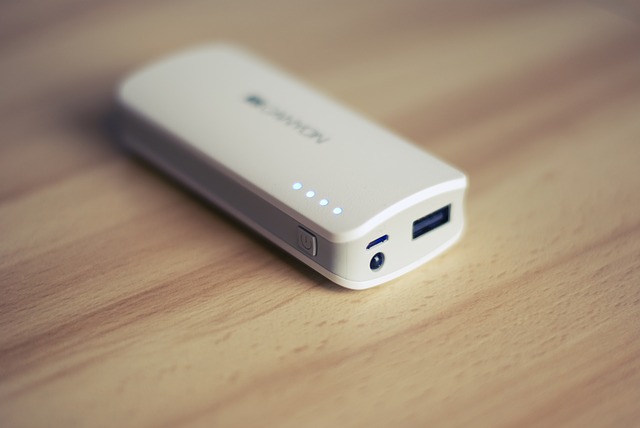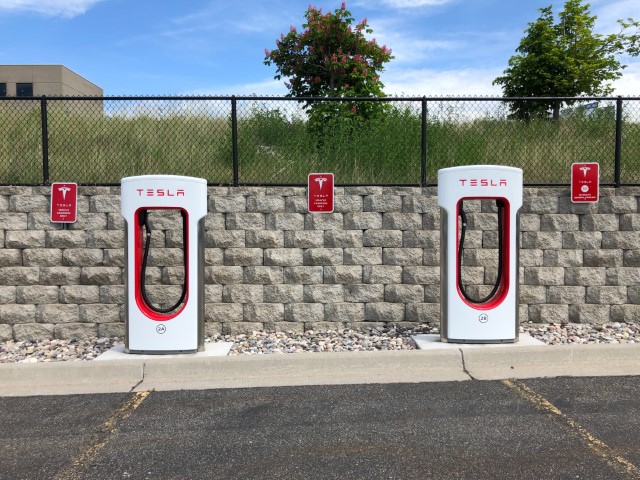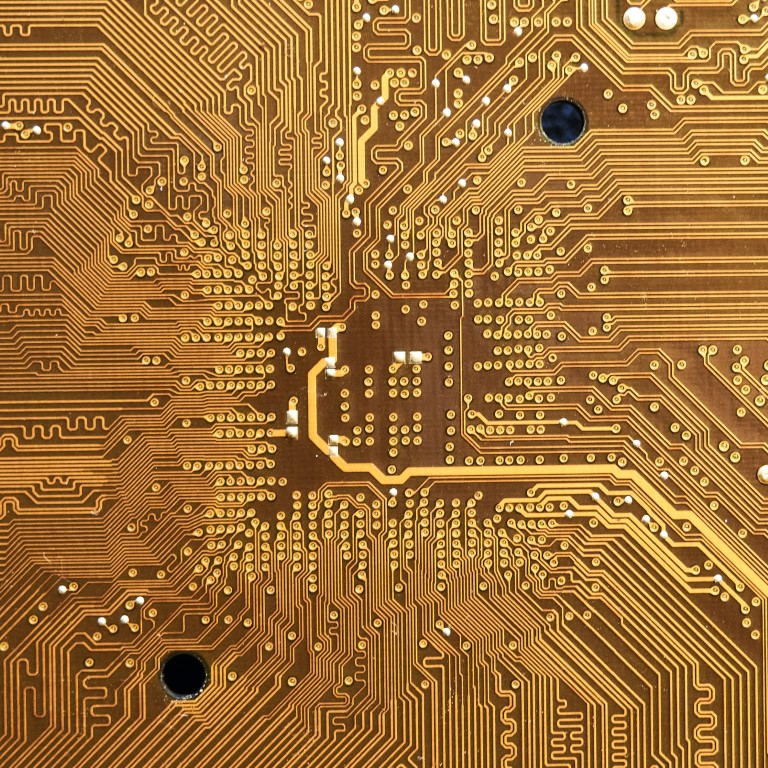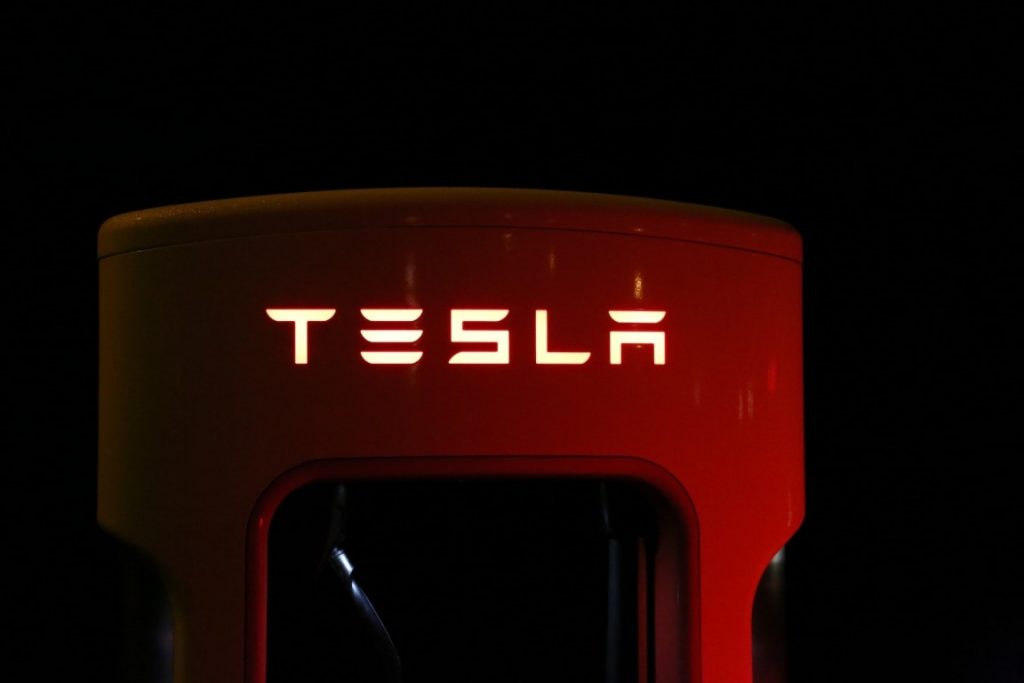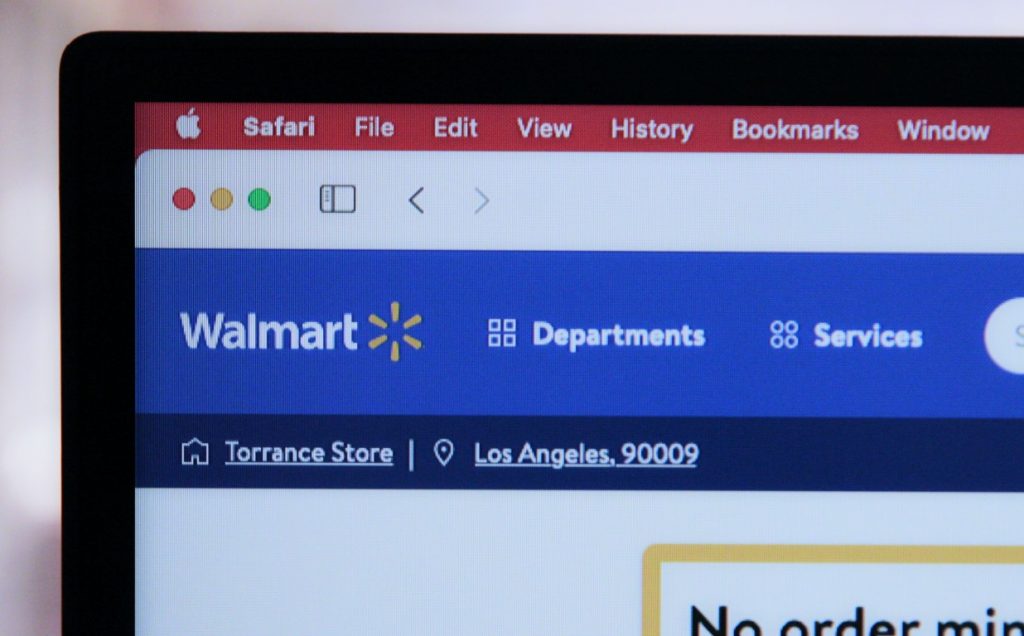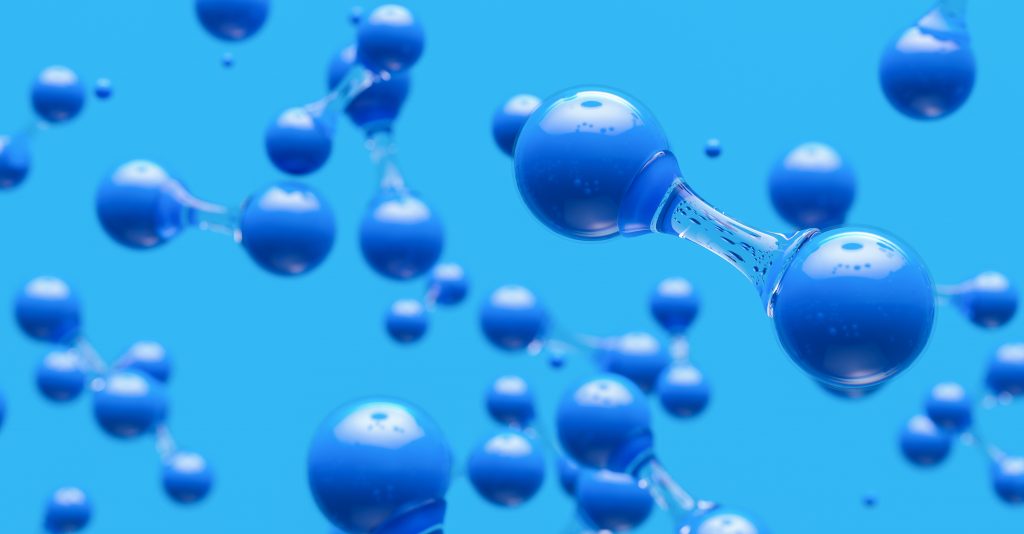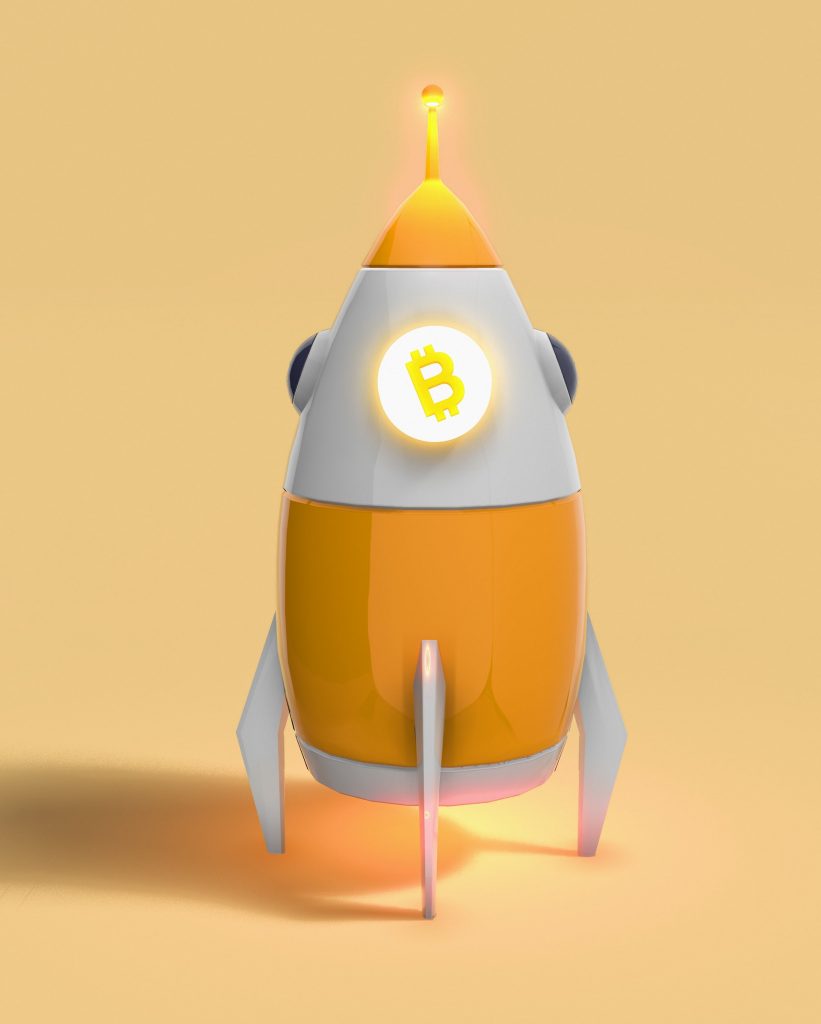- Could a new battery change how long it takes to charge?
- New fast charging batteries for evs?
- So what is this new breakthrough?
- What are lithium-ion batteries?
- How do lithium-ion batteries work?
- The drawbacks: Are there any downsides to using lithium-ion batteries?
- What are lithium-ion batteries, and how do they work?
- How have lithium-ion batteries improved versus older battery types
- Drawbacks of lithium-ion battery advancements
- Conclusion
Could a new battery change how long it takes to charge?
Just woke up the other day and read about this super cool new battery type that will allow faster ( est ) charging to date. Basically what it comes down to is that it looks as though it can charge a normal sized EV battery to 100% within 10 minutes. I know that personally I am still on the fence as far as evs go, as I do take longer trips sometimes and thinking of the necessity of planning 30-40 minute stops every couple of hours makes me wonder about taking that jump. As we love all the new updates on EVs, LEDs, and other cool tech make sure you come back to check out our blog to see if there are any more updates!
Keep reading to find out about the tech, and how likely it is to actually be coming out, along with all the other fun stuff.
New fast charging batteries for evs?
So when it comes to batteries there are a couple of things that really impact their storage, usage, and charging.
The first aspect is their storage, the bigger the battery the more energy it can store right? But the bigger the battery, the longer it takes to charge, and the heavier it is to move. So as the battery size increases the mileage per kw will actually decrease in a linear fashion. It takes more energy to get the battery moving and stay in movement from a stop the heavier it gets. This is no different in a car, as the battery can only take up so much space.
The second aspect is the usage, the harder the battery is pushed the quicker it loses its energy. So if you are driving faster you will deplete the battery faster. This also applies to the temperature as the harder it is pushed the hotter it gets, and a hotter battery is less efficient, which we will get to in a bit…
The final is the charging, which again has aspects of size, storage, temperature and speed all in play.
So what is this new breakthrough?
In its simplest form the battery is made with an additional nickel foil which keeps the temperature at the perfect place. As we said before heat can hurt the efficiency, as batteries like to be warm but not hot. And too hot…. that can just lead to bad things for a couple of different reasons.
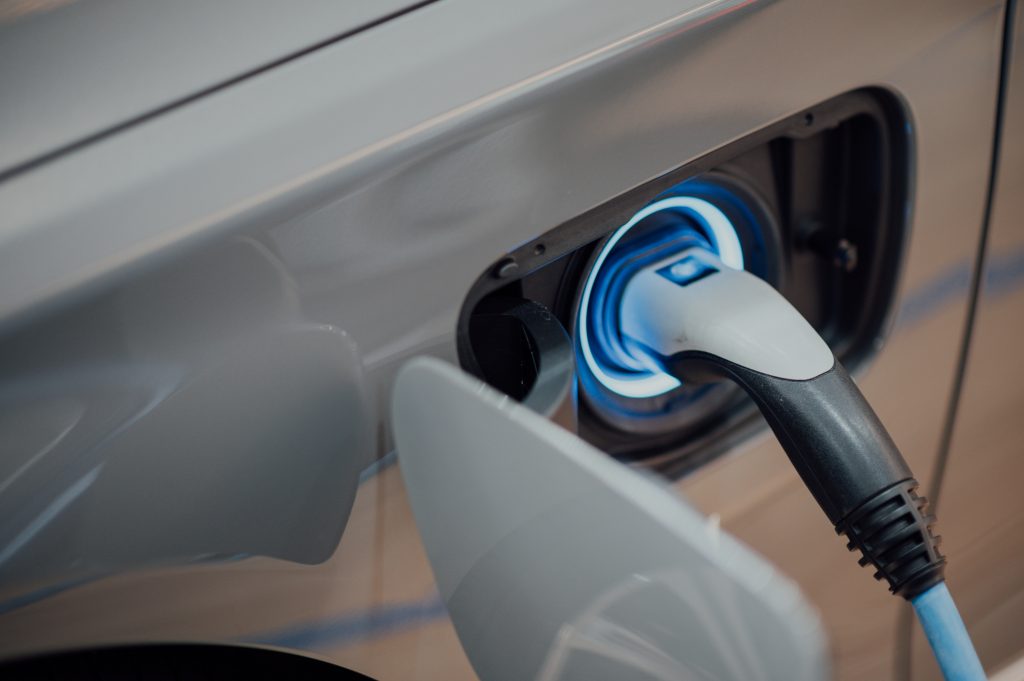
Their writeup on creating a quicker charging ev battery is actually super interesting and can be seen here: Faster charging for Ev battteries.
They claim:
Our fast-charging technology works for most energy-dense batteries and will open a new possibility to downsize electric vehicle batteries from 150 to 50 kWh without causing drivers to feel range anxiety. The smaller, faster-charging batteries will dramatically cut down battery cost and usage of critical raw materials such as cobalt, graphite and lithium, enabling mass adoption of affordable electric cars.
Chao-Yang Wang, the William E. Diefenderfer Professor of Mechanical Engineering at Penn State
So , it seems that by modding the battery a little bit during its build process they can really get a huge increase in pretty much all the issues that people think of when the bad aspects of EVs and their batteries come to mind. We have planned to write up a bunch more about the LED upgrades and EV upgrades that are coming out faster and faster on our blog.
What are lithium-ion batteries?
Lithium-ion batteries are a type of rechargeable battery, and they are commonly used in electronic devices like cell phones and laptops. This battery is also used in some electric vehicles and holds the key to how we get away from fossil fuels in the future. Or one of the keys, I guess…
Lithium-ion batteries have several advantages over other types of batteries. They have a high energy density, which means they can store energy in a small space. Lithium-ion batteries also have a low self-discharge rate, which means they lose less energy when they are not being used.
Despite these advantages, lithium-ion batteries have some drawbacks. They can be expensive, and they can be dangerous if they are not correctly handled.
The basics: What are the parts of a lithium-ion battery?
How do lithium-ion batteries work?
Lithium-ion batteries are prevalent these days, and they are small, lightweight, and can hold a charge for a long time. But how do they work?
Lithium-ion batteries work using a lithium metal oxide anode and a carbon cathode. The lithium ions move from the anode to the cathode when the battery is charged, creating an electric potential between the two electrodes.
When the battery is discharged, the lithium ions move back to the anode, and the electrons flow through an external circuit from the cathode to the anode. This flow of electrons creates an electric current that can be used to power devices.
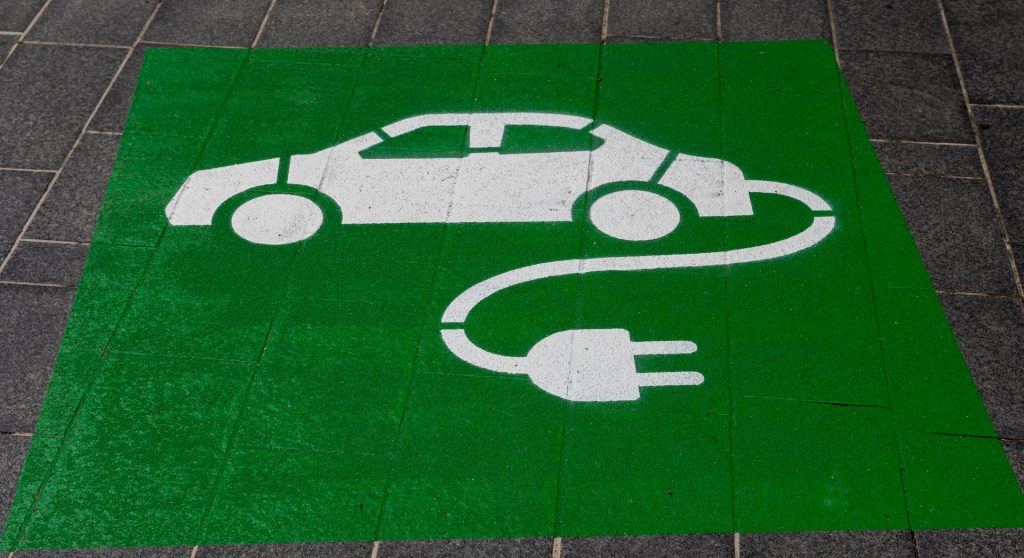
Lithium-ion batteries are very efficient and have a high energy density. That means they can store a lot of energy in a small space.
The benefits: Why are lithium-ion batteries used?
The drawbacks: Are there any downsides to using lithium-ion batteries?
Lithium-ion batteries are a type of rechargeable battery that has many advantages over other types of batteries. However, there are also some potential drawbacks to using lithium-ion batteries.
One potential drawback is that lithium-ion batteries can be more expensive than other batteries. Lithium-ion batteries also have a shorter life span than other batteries, so they will need to be replaced more often. Also, lithium-ion batteries can be dangerous if they are not correctly used, and they can catch fire or even explode if damaged or overheated.
Despite these potential drawbacks, lithium-ion batteries are still widely used because they offer many benefits over other types of batteries. Lithium-ion batteries are lighter in weight and have a higher energy density than different types of batteries, which makes them ideal for use in portable electronic devices. The future: What does the future hold for lithium-ion batteries?
What are lithium-ion batteries, and how do they work?
Lithium-ion batteries are rechargeable batteries that have become increasingly popular in recent years. Lithium-ion batteries are used in various electronic devices, including cell phones, laptops, and electric cars.
How do lithium-ion batteries work? Lithium-ion batteries work by using a chemical reaction to create an electrical charge. This electrical charge is then used to power electronic devices.
Lithium-ion batteries have several advantages over other types of batteries. For example, lithium-ion batteries can hold a charge for longer than different types of batteries. Lithium-ion batteries are not as likely to explode or catch fire as other types of batteries.
How have lithium-ion batteries improved versus older battery types
Lithium-ion batteries have been around for more than two decades, and their technology has advanced significantly during that time. The first commercial lithium-ion battery was released in 1991, and since then, the technology has undergone several generations of improvements.
The most significant advance in lithium-ion battery technology came in the early 2000s with the introduction of the cylindrical 18650 cell. This type of cell is still used in many laptop batteries today. The 18650 cell was followed by the development of the prismatic cell, which is thinner and lighter than the cylindrical cell. The benefits of lithium-ion battery advancements
Drawbacks of lithium-ion battery advancements
The production of lithium-ion batteries has doubled in the past five years. But with this increased demand comes a greater need for a reliable and sustainable source of lithium.
Lithium is a soft, silver-white metal that is highly reactive, and it is found in the earth’s crust at low concentrations and not naturally in its pure form. Lithium must be extracted from minerals or brine, which is a process that requires a lot of water and energy.
The demand for lithium has led to an increase in mining operations, which has caused environmental problems such as water contamination and air pollution. In addition, the production of lithium-ion batteries generates large amounts of greenhouse gases.
The challenges associated with extracting and processing lithium will likely continue as the demand for lithium-ion batteries increases.
Conclusion
As we continue improving rechargeable batteries and their technology, we will have less to worry about. This includes saving the earth, range anxiety, and other battery fears. This new technology can help make a difference in the world.
For me, I know that if I only had to charge for 10 minutes and I could drive for a couple of hours, I would be a lot closer to getting an EV than I am right now. Our infrastructure just isn’t set up for long road trips without a decent amount of planning to ensure we will make it in between charging stations.
